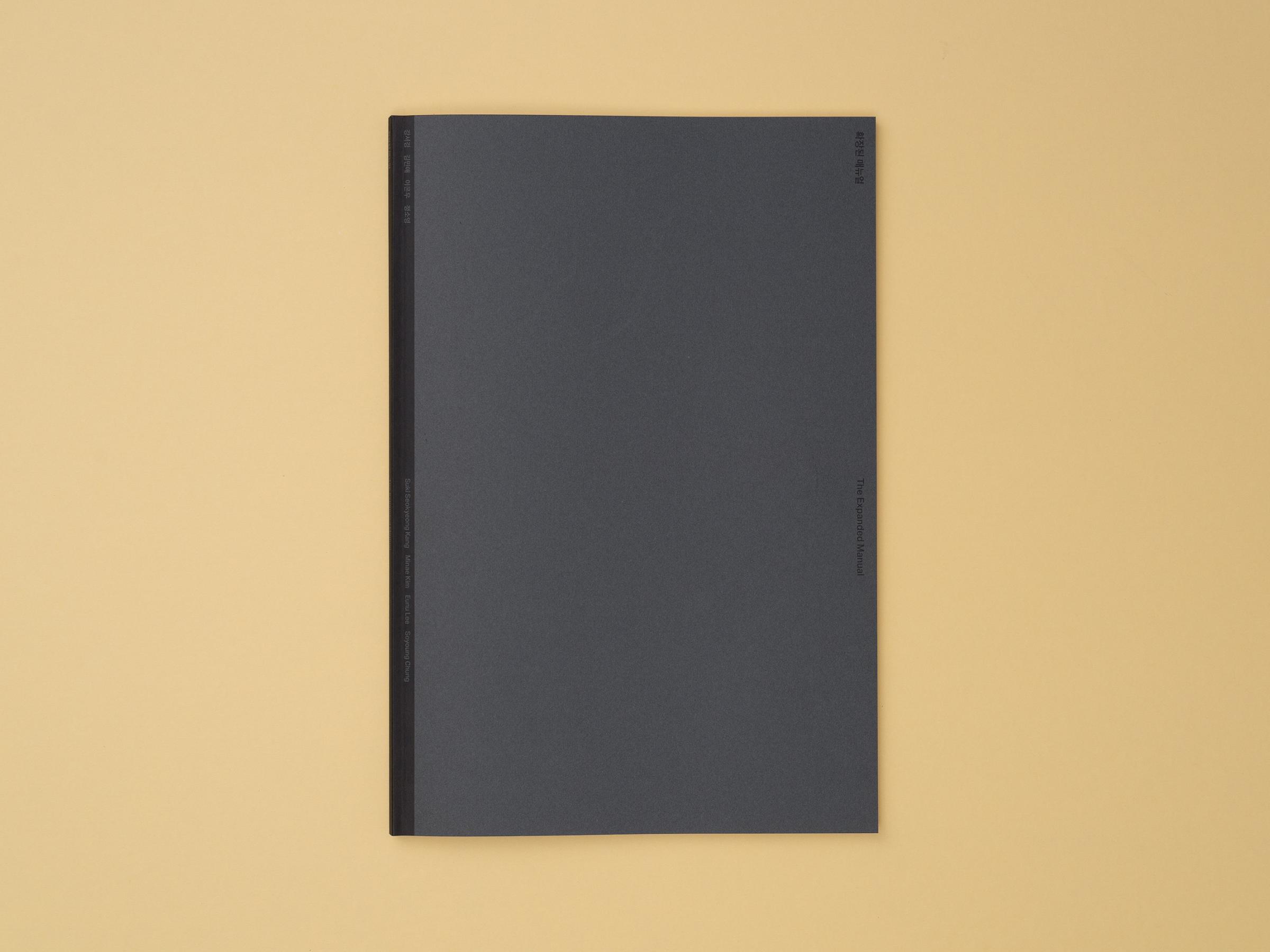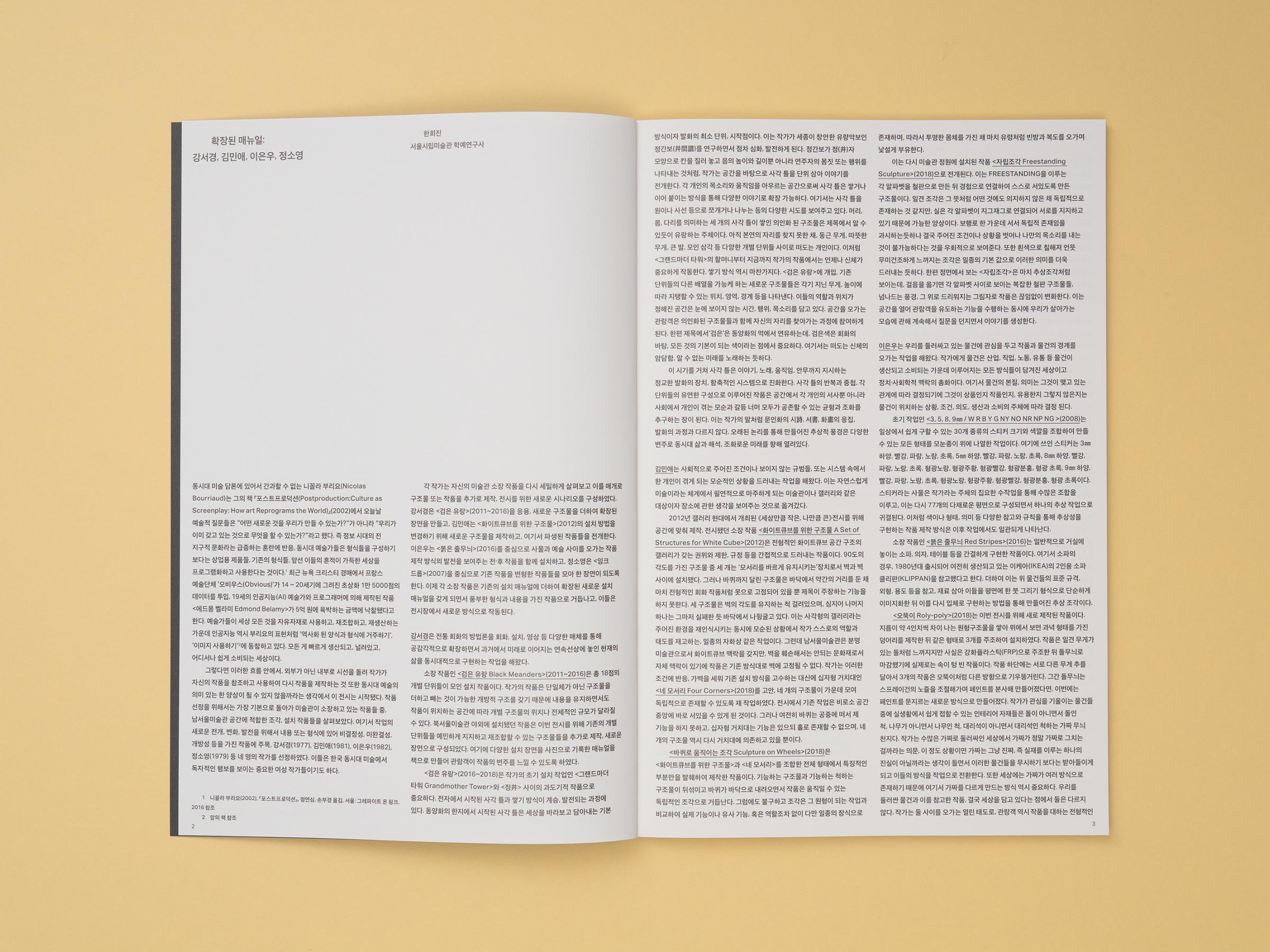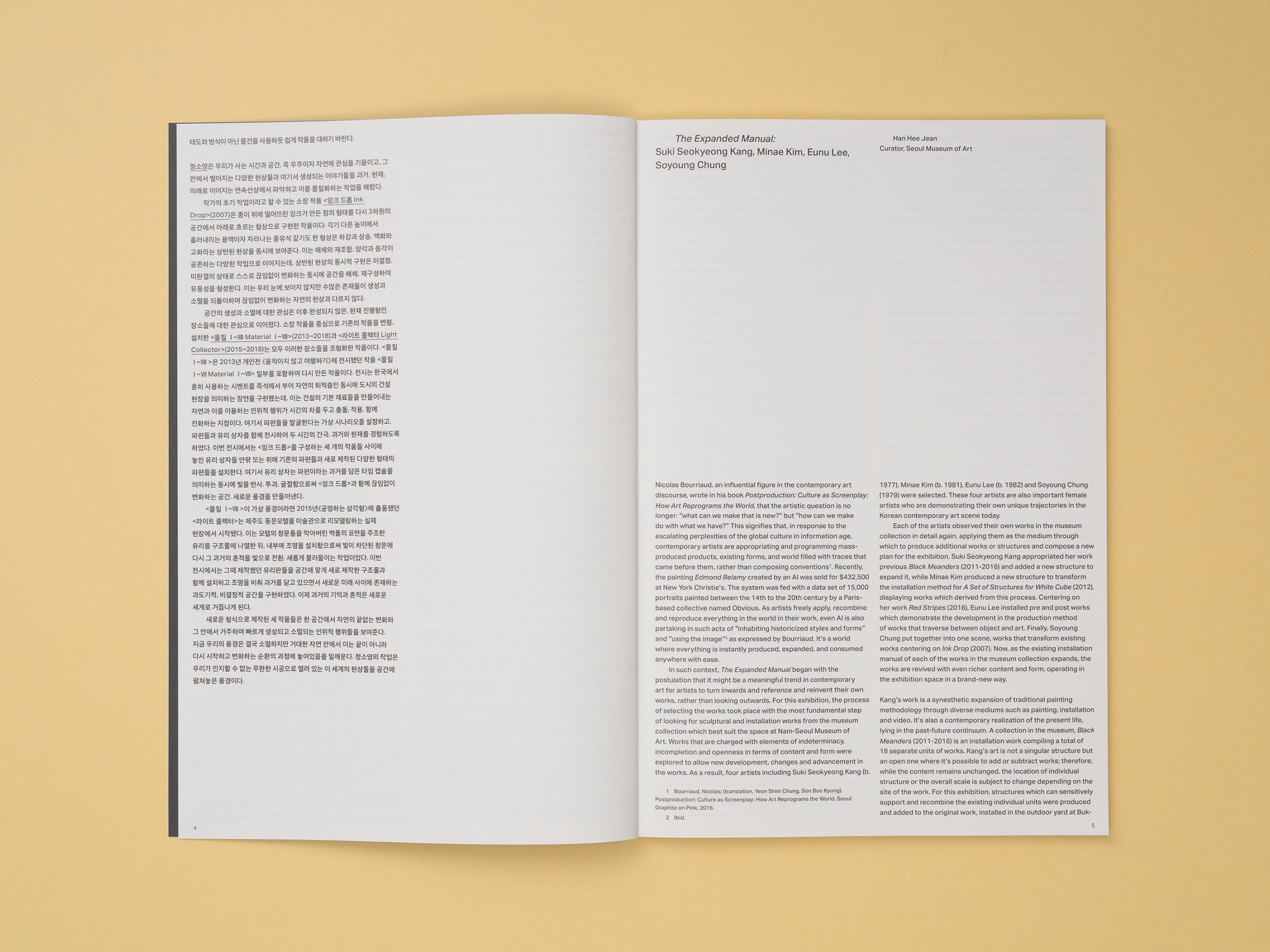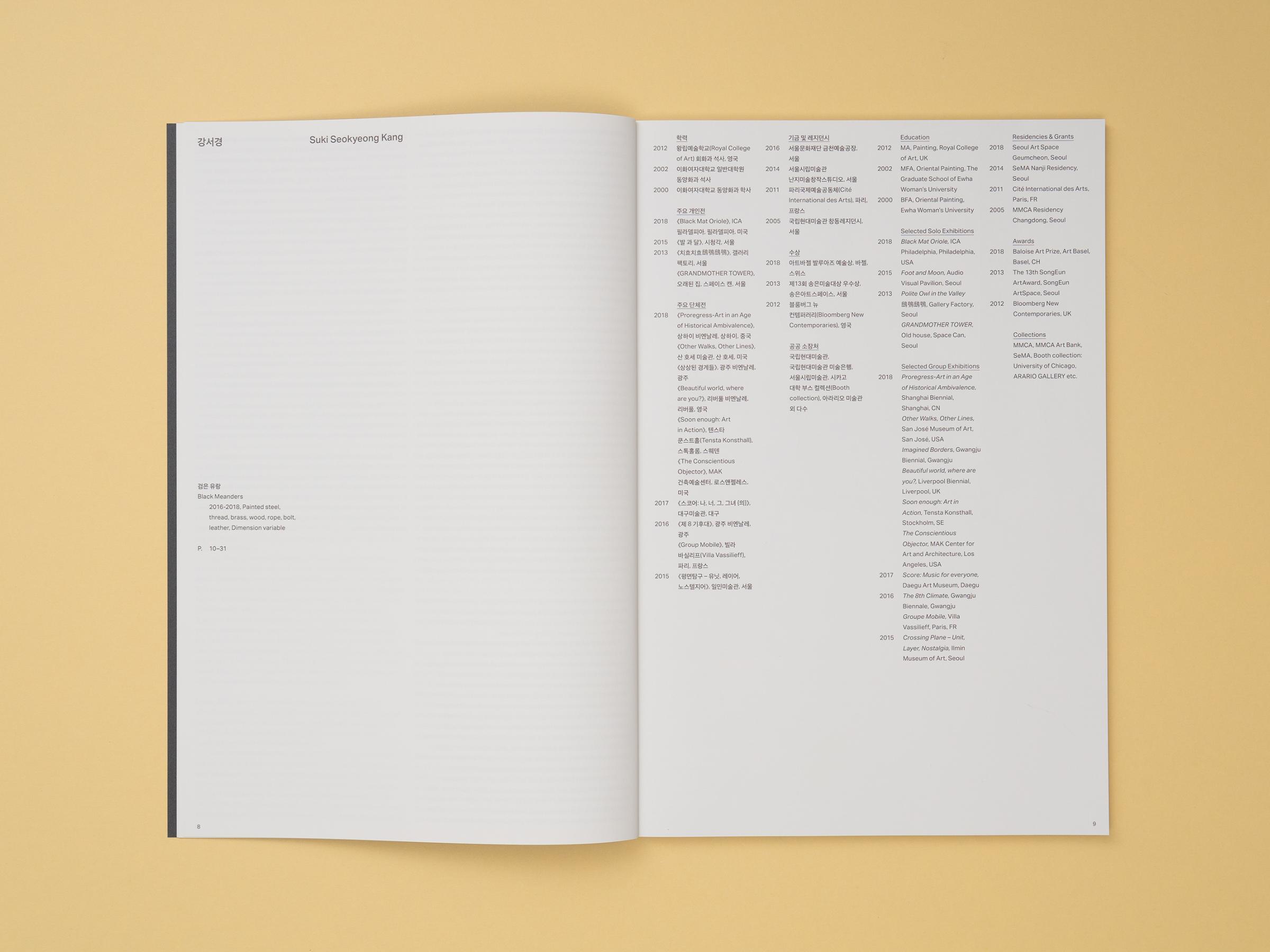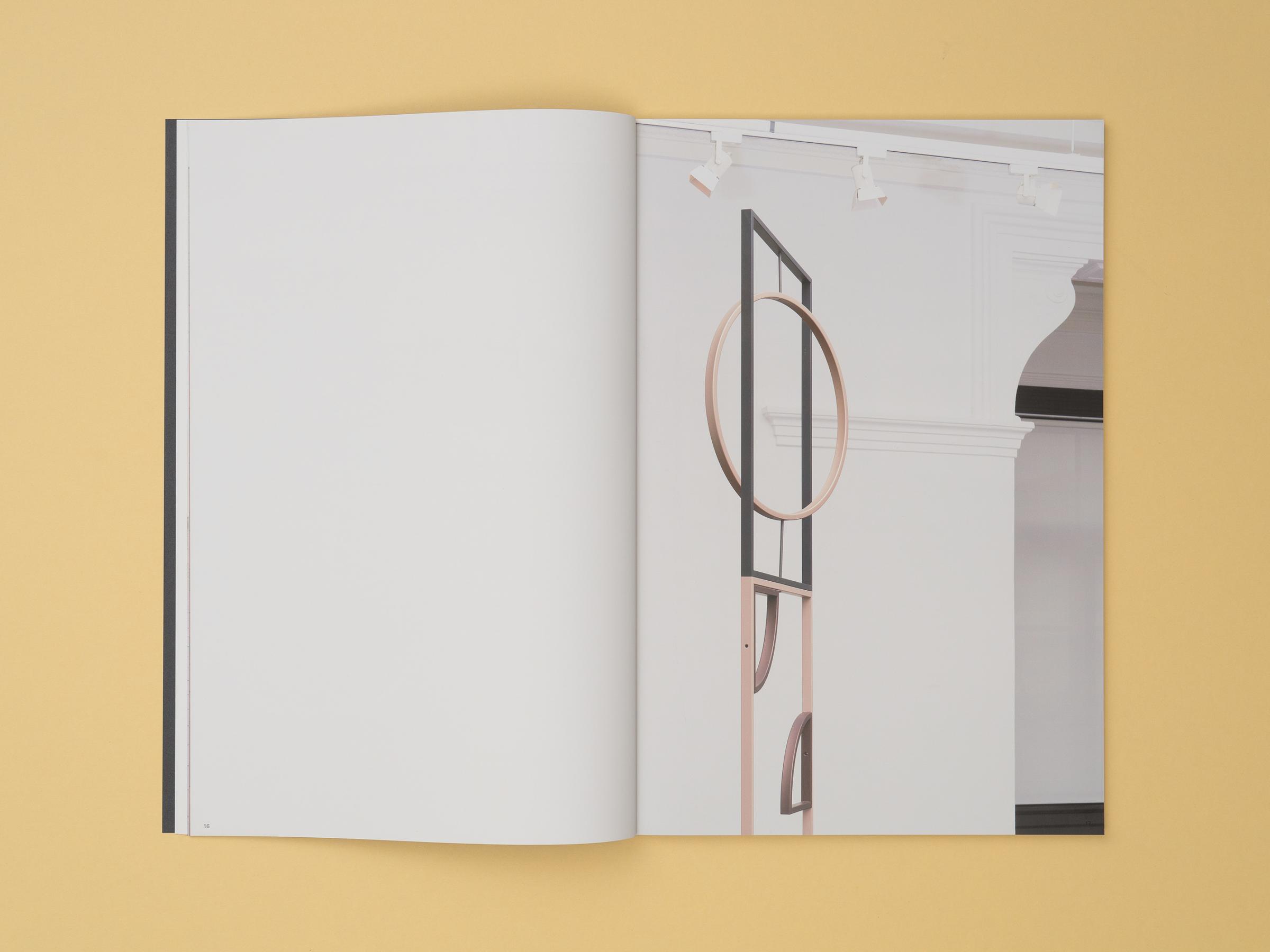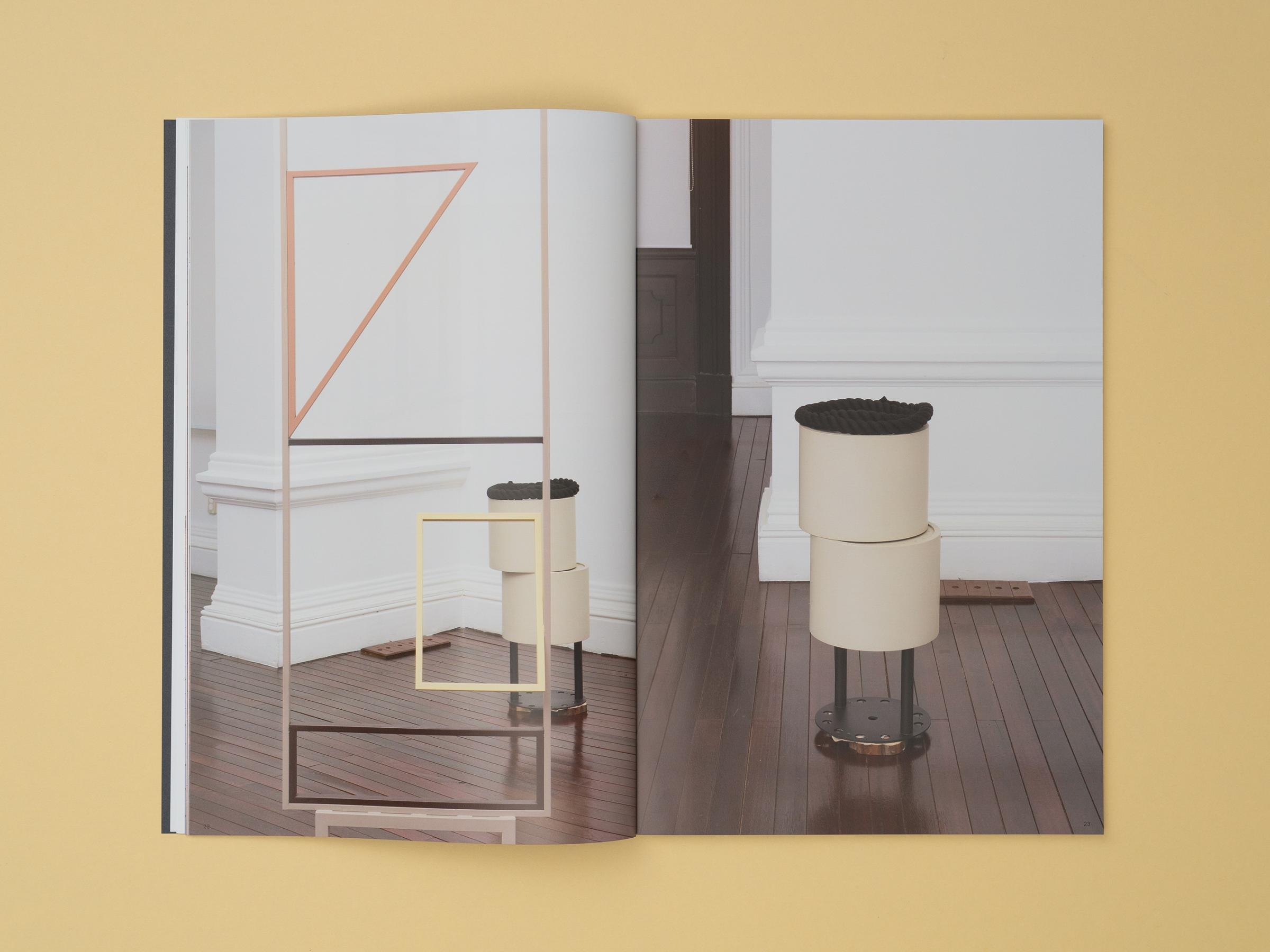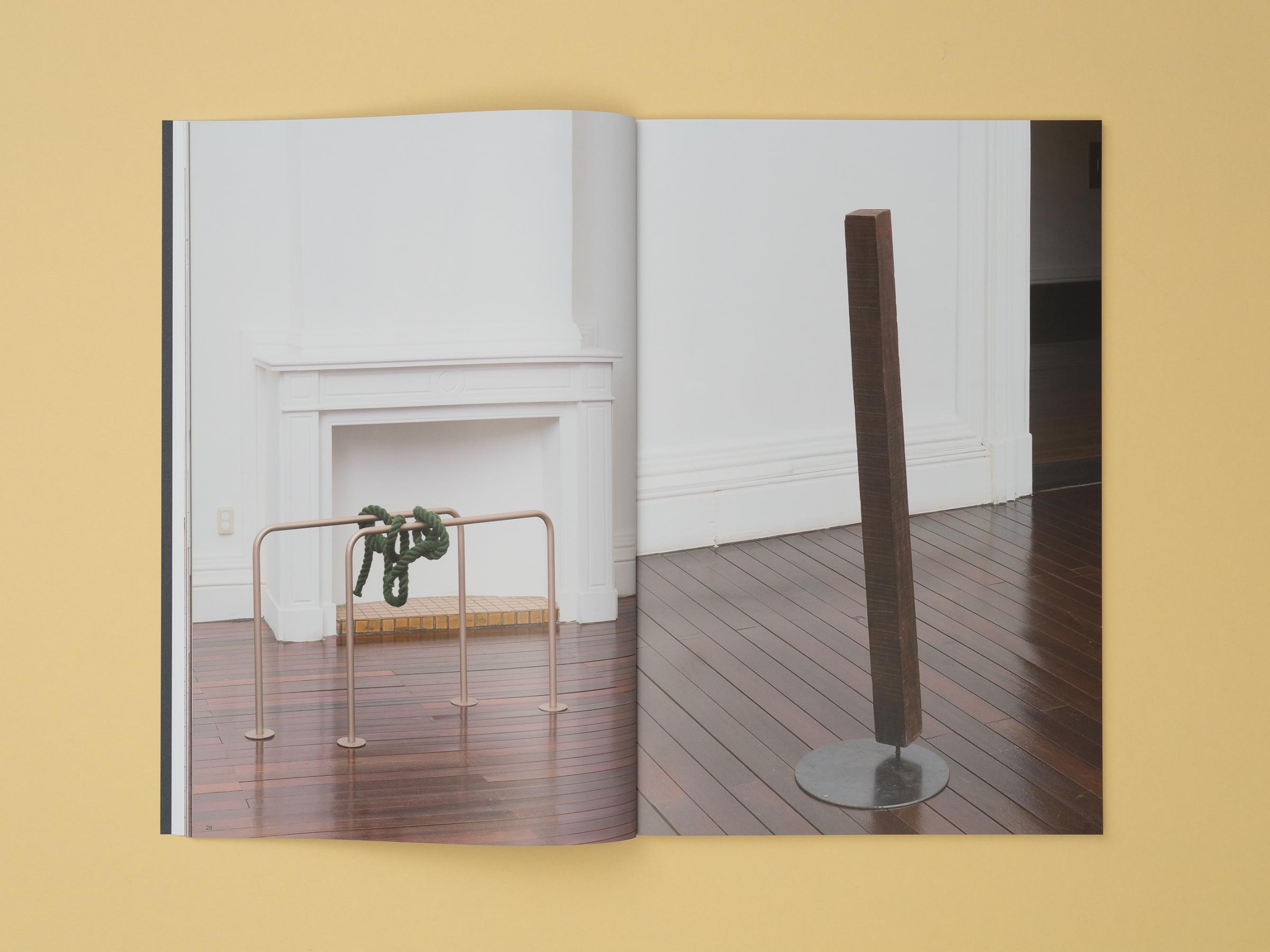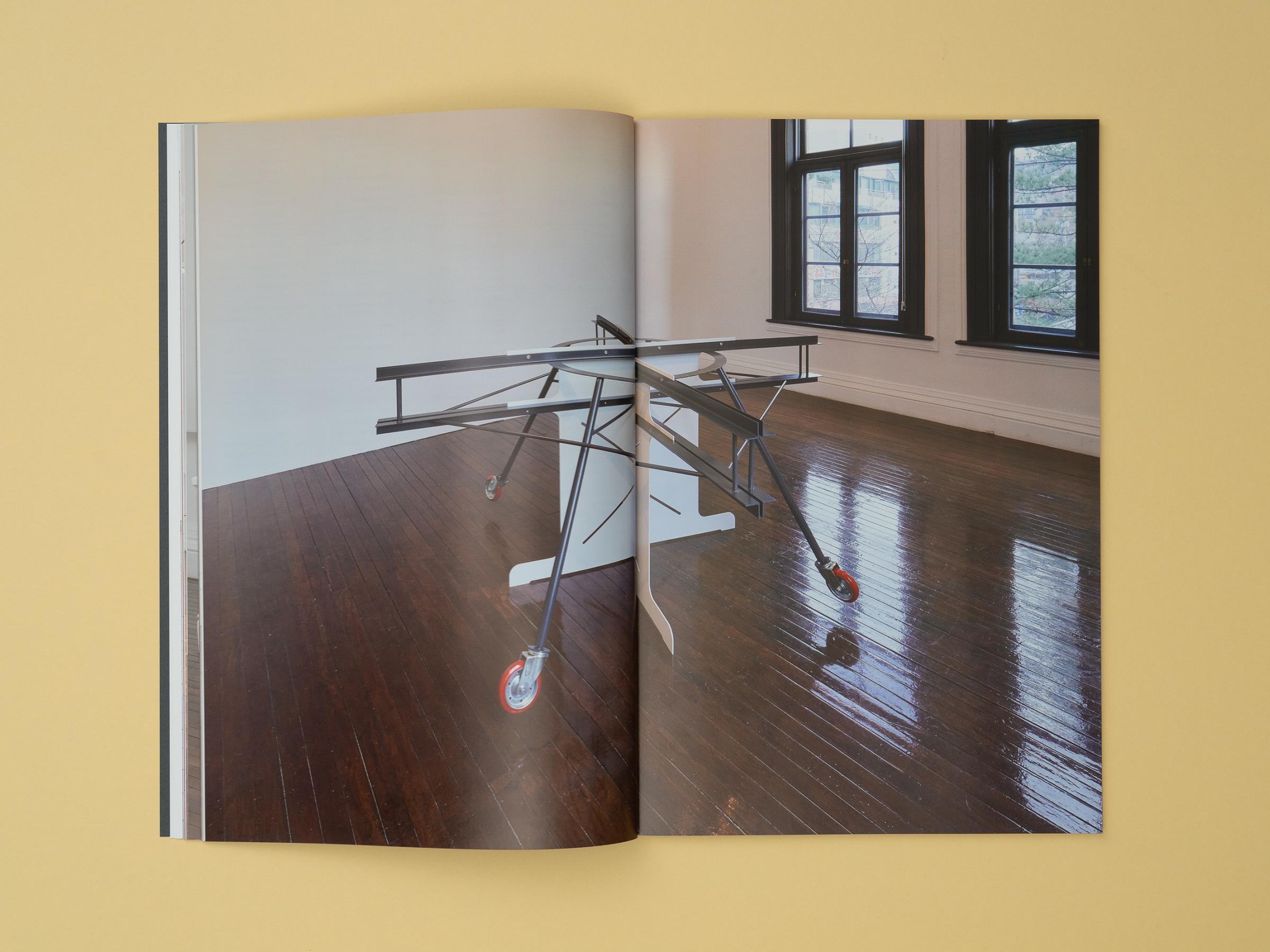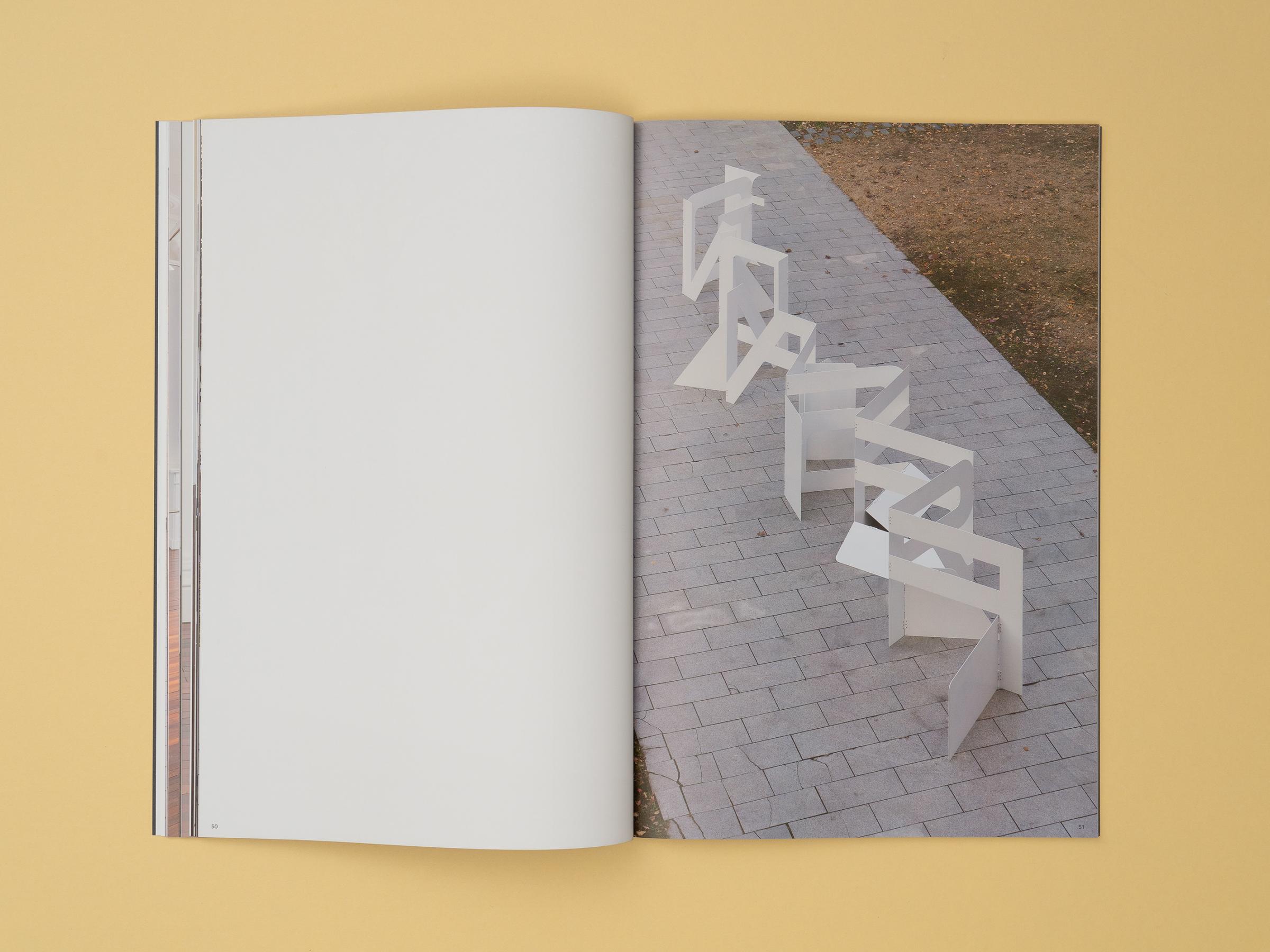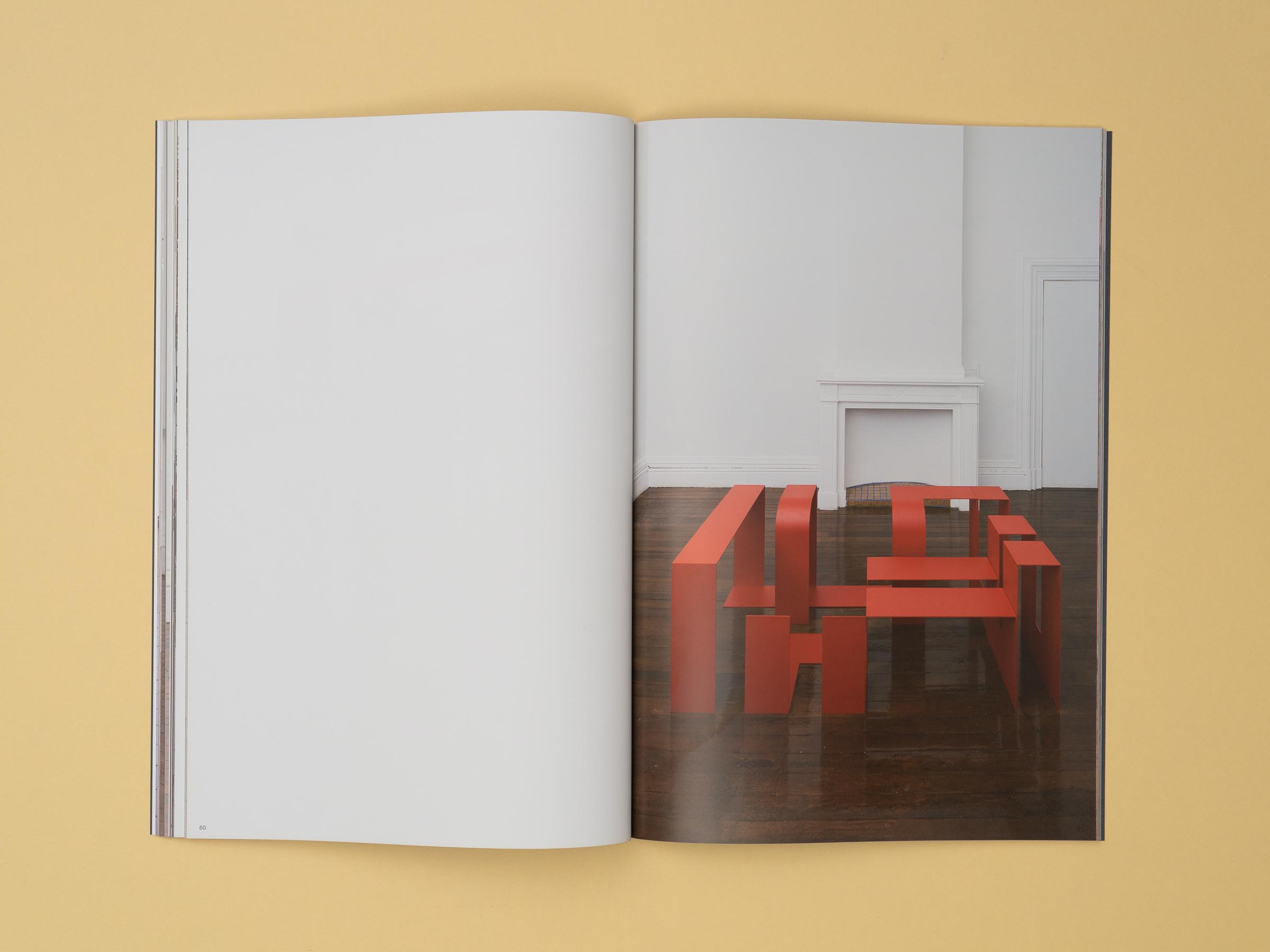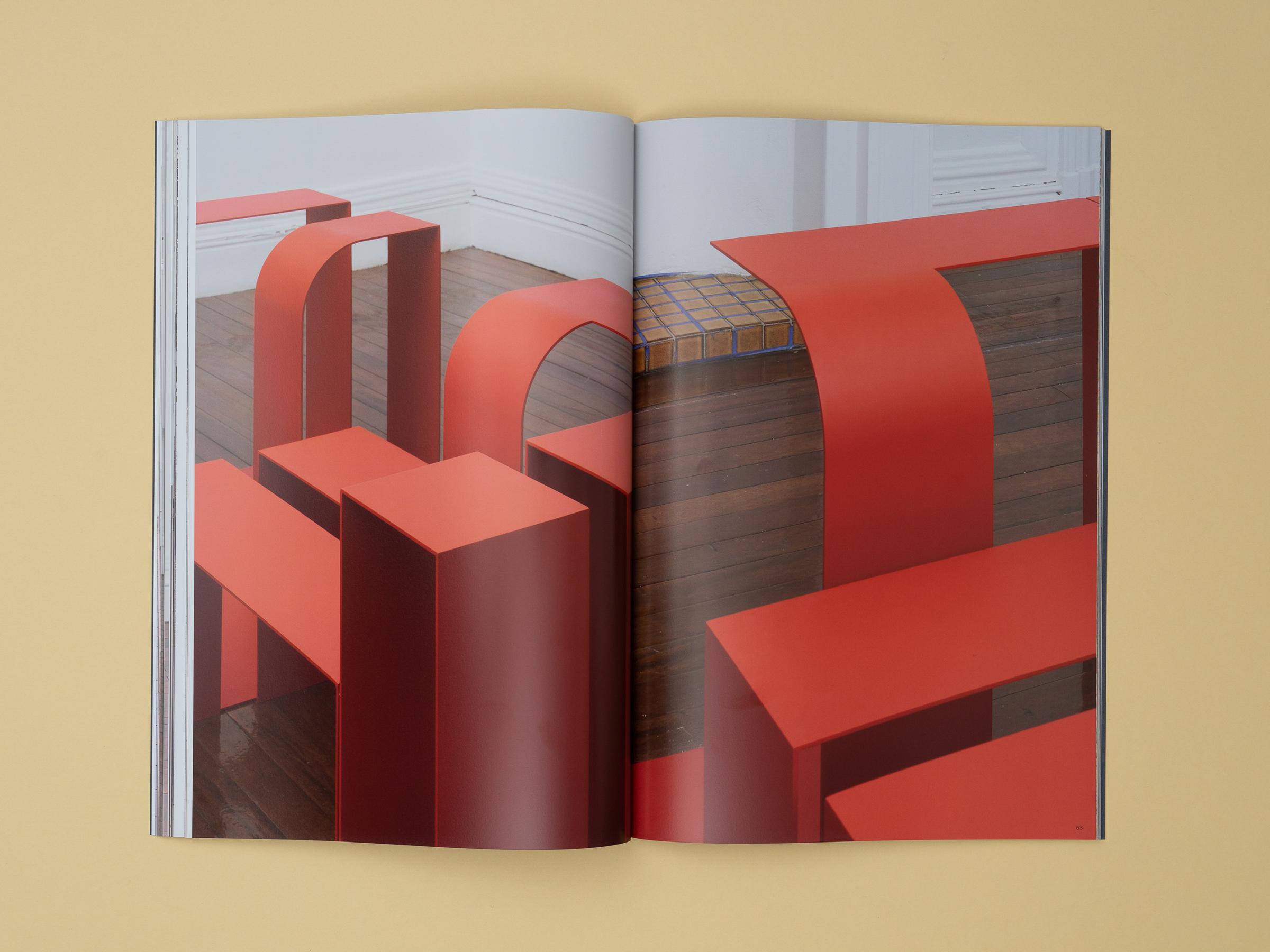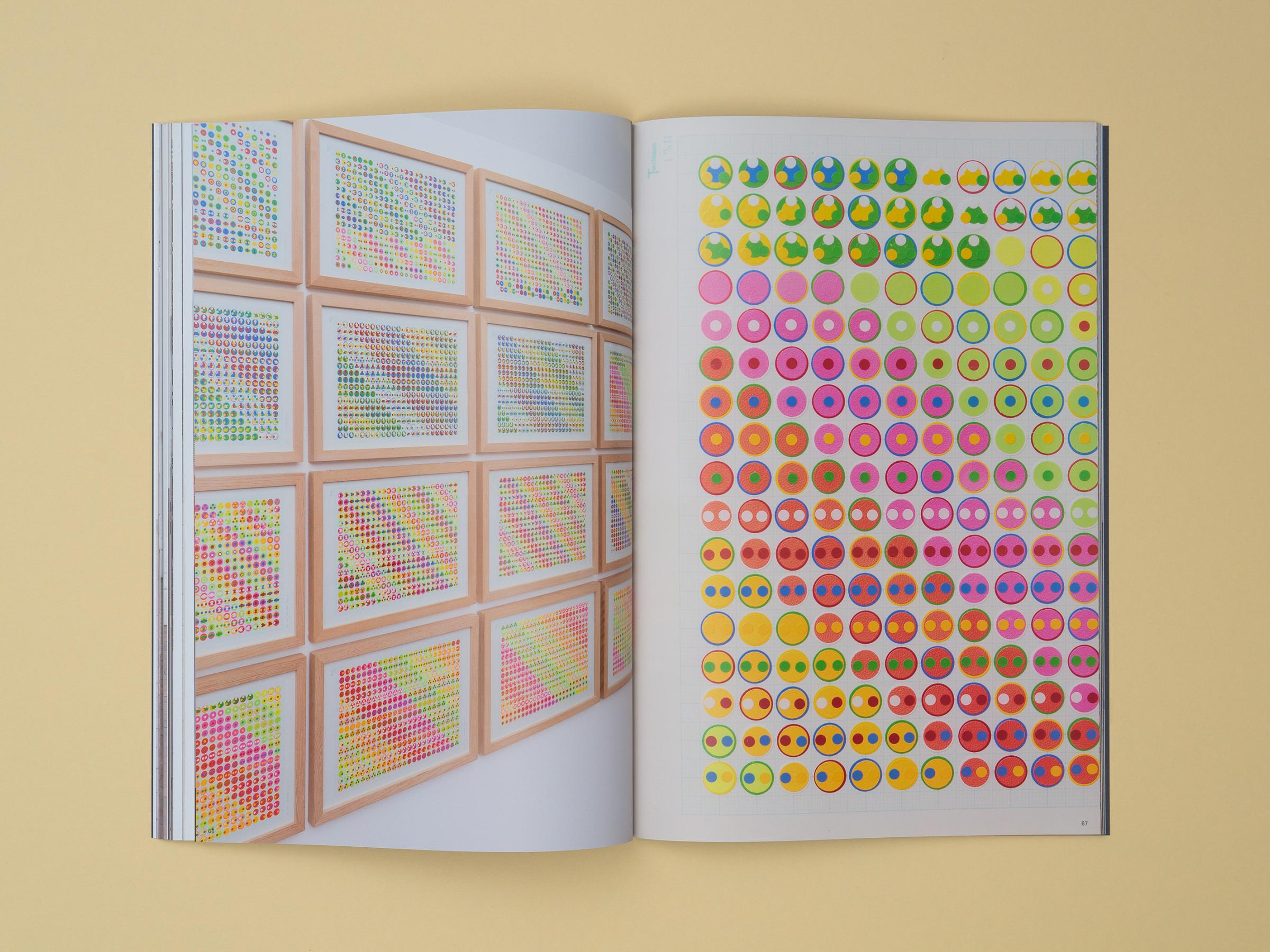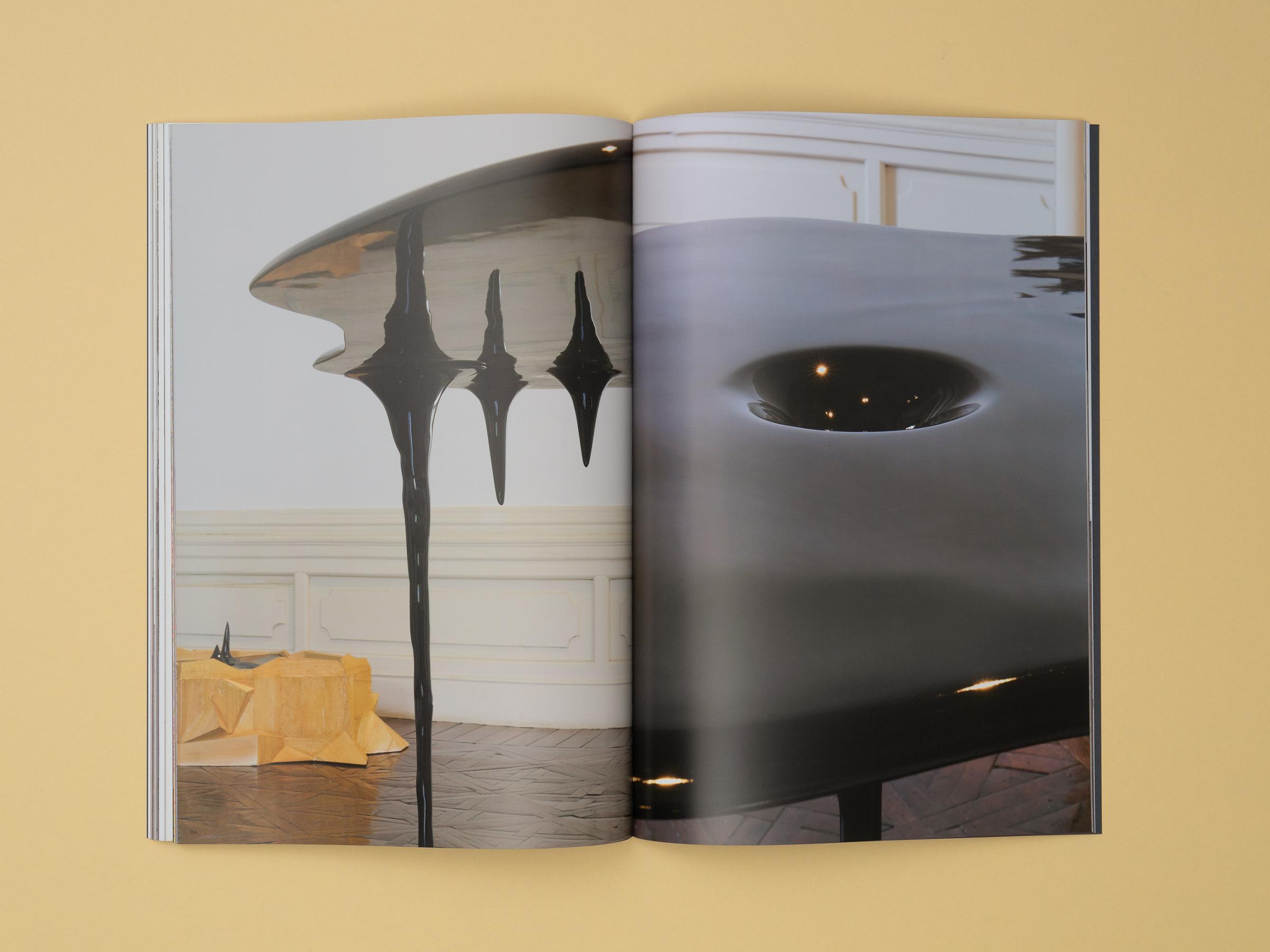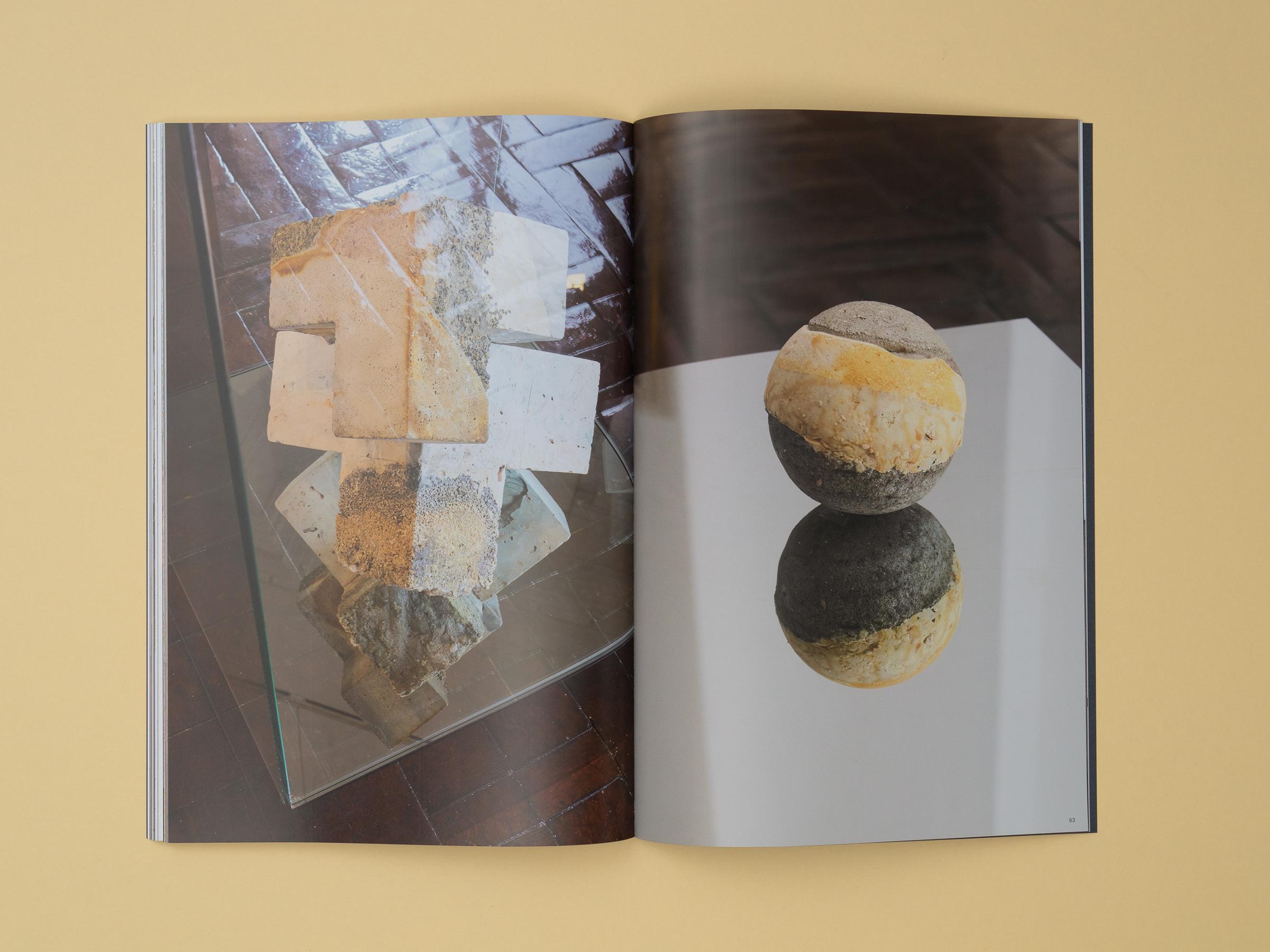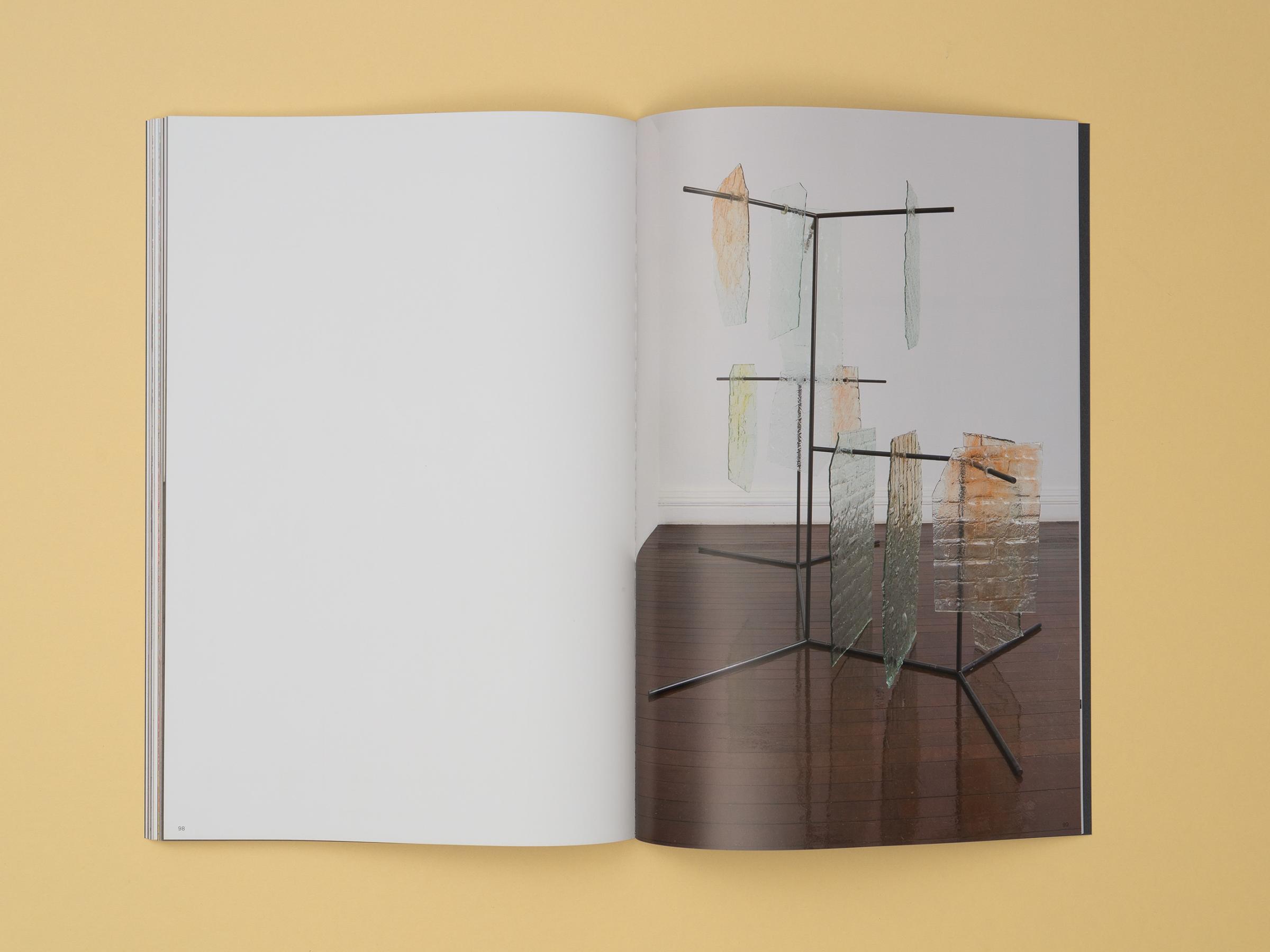확장된 메뉴얼 The Expanded Manual
SeMA, Nam-Seoul Museum of Art
Venue: 2018.12.11-2019.2.17, 서울시립 남서울미술관 SeMA, Nam-Seoul Museum of Art
Client: 서울시립미술관 Seoul Museum of Art
Curator: 한희진 Han Hee Jean
Coordinator: 이주연 Jooyeon Lee
Type: Catalogue, Invitation, Leaflet, Banner
Participant Artist: 강서경 Suki Seokyeong Kang, 김민애 Minae Kim, 이은우 Eunu Lee, 정소영 Soyoung Chung
서울시립 남서울미술관에서 열린 전시 '확장된 메뉴얼: 강서경, 김민애, 이은우, 정소영'의 전시 관련 그래픽 디자인 작업으로 카타로그, 리플렛, 초대장, 베너와 월그래픽 등을 진행했다. 다음은 전시 카타로그에 실린 전시서문의 일부이다.
"동시대 미술 담론에 있어서 간과할 수 없는 니꼴라 부리요 (Nicolas Bourriaud) 는 그의 책 『포스트프로덕션 (Postproduction:Culture as Screenplay: How art Reprograms the World)』(2002) 에서 오늘날 예술적 질문들은 “어떤 새로운 것을 우리가 만들 수 있는가 ?”가 아니라 “우리가 이미 갖고 있는 것으로 무엇을 할 수 있는가 ?”라고 했다 . 즉 정보 시대의 전 지구적 문화라는 급증하는 혼란에 반응 , 동시대 예술가들은 형식들을 구성하기 보다는 상업용 제품들 , 기존의 형식들 , 앞선 이들의 흔적이 가득한 세상을 프로그램화하고 사용한다는 것이다 .1 최근 뉴욕 크리스티 경매에서 프랑스 예술단체 ‘오비우스 (Obvious) ’가 14 ~ 20 세기에 그려진 초상화 1만 5000 점의 데이터를 투입 , 19 세의 인공지능 (AI) 예술가와 프로그래머에 의해 제작된 작품 <에드몽 벨라미 Edmond Belamy> 가 5억 원에 육박하는 금액에 낙찰됐다고 한다. 예술가들이 세상 모든 것을 자유자재로 사용하고 , 재조합하고 , 재생산하는 가운데 인공지능 역시 부리요의 표현처럼 ‘역사화 된 양식과 형식에 거주하기’ , ‘이미지 사용하기’ 2에 동참하고 있다 . 모든 게 빠르게 생산되고 , 널려있고 , 어디서나 쉽게 소비되는 세상이다 . 그렇다면 이러한 흐름 안에서 , 외부가 아닌 내부로 시선을 돌려 작가가 자신의 작품을 참조하고 사용하여 다시 작품을 제작하는 것 또한 동시대 예술의 의미 있는 한 양상이 될 수 있지 않을까라는 생각에서 이 전시는 시작됐다 . 작품 선정을 위해서는 가장 기본으로 돌아가 미술관이 소장하고 있는 작품들 중 , 남서울미술관 공간에 적합한 조각 , 설치 작품들을 살펴보았다 . 여기서 작업의 새로운 전개 , 변화, 발전을 위해서 내용 또는 형식에 있어 비결정성 , 미완결성 , 개방성 등을 가진 작품에 주목 , 강서경 (1977), 김민애 (1981), 이은우 (1982), 정소영 (1979) 등 네 명의 작가를 선정하였다 . 이들은 한국 동시대 미술에서 독자적인 행보를 보이는 중요한 여성 작가들이기도 하다."
"Nicolas Bourriaud, an influential figure in the contemporary art discourse, wrote in his book Postproduction: Culture as Screenplay: How Art Reprograms the World, that the artistic question is no longer: “what can we make that is new?” but “how can we make do with what we have?” This signifies that, in response to the escalating perplexities of the global culture in information age, contemporary artists are appropriating and programming mass-produced products, existing forms, and world filled with traces that came before them, rather than composing conventions1. Recently, the painting Edmond Belamy created by an AI was sold for $432,500 at New York Christie’s. The system was fed with a data set of 15,000 portraits painted between the 14th to the 20th century by a Paris-based collective named Obvious. As artists freely apply, recombine and reproduce everything in the world in their work, even AI is also partaking in such acts of “inhabiting historicized styles and forms” and “using the image”2 as expressed by Bourriaud. It’s a world where everything is instantly produced, expanded, and consumed anywhere with ease. In such context, The Expanded Manual began with the postulation that it might be a meaningful trend in contemporary art for artists to turn inwards and reference and reinvent their own works, rather than looking outwards. For this exhibition, the process of selecting the works took place with the most fundamental step of looking for sculptural and installation works from the museum collection which best suit the space at Nam-Seoul Museum of Art. Works that are charged with elements of indeterminacy, incompletion and openness in terms of content and form were explored to allow new development, changes and advancement in the works. As a result, four artists including Suki Seokyeong Kang (b. 1 Bourriaud, Nicolas; (translation, Yeon Shim Chung, Son Boo Kyung). Postproduction: Culture as Screenplay: How Art Reprograms the World. Seoul: Graphite on Pink, 2016. 2 Ibid. 1977), Minae Kim (b. 1981), Eunu Lee (b. 1982) and Soyoung Chung (1979) were selected. These four artists are also important female artists who are demonstrating their own unique trajectories in the Korean contemporary art scene today. Each of the artists observed their own works in the museum collection in detail again, applying them as the medium through which to produce additional works or structures and compose a new plan for the exhibition. Suki Seokyeong Kang appropriated her work previous Black Meanders (2011-2016) and added a new structure to expand it, while Minae Kim produced a new structure to transform the installation method for A Set of Structures for White Cube (2012), displaying works which derived from this process. Centering on her work Red Stripes (2016), Eunu Lee installed pre and post works which demonstrate the development in the production method of works that traverse between object and art. Finally, Soyoung Chung put together into one scene, works that transform existing works centering on Ink Drop (2007). Now, as the existing installation manual of each of the works in the museum collection expands, the works are revived with even richer content and form, operating in the exhibition space in a brand-new way. Kang’s work is a synesthetic expansion of traditional painting methodology through diverse mediums such as painting, installation and video. It’s also a contemporary realization of the present life, lying in the past-future continuum. A collection in the museum, Black Meanders (2011-2016) is an installation work compiling a total of 18 separate units of works. Kang’s art is not a singular structure but an open one where it’s possible to add or subtract works; therefore, while the content remains unchanged, the location of individual structure or the overall scale is subject to change depending on the site of the work. For this exhibition, structures which can sensitively support and recombine the existing individual units were produced and added to the original work, installed in the outdoor yard at Buk"
